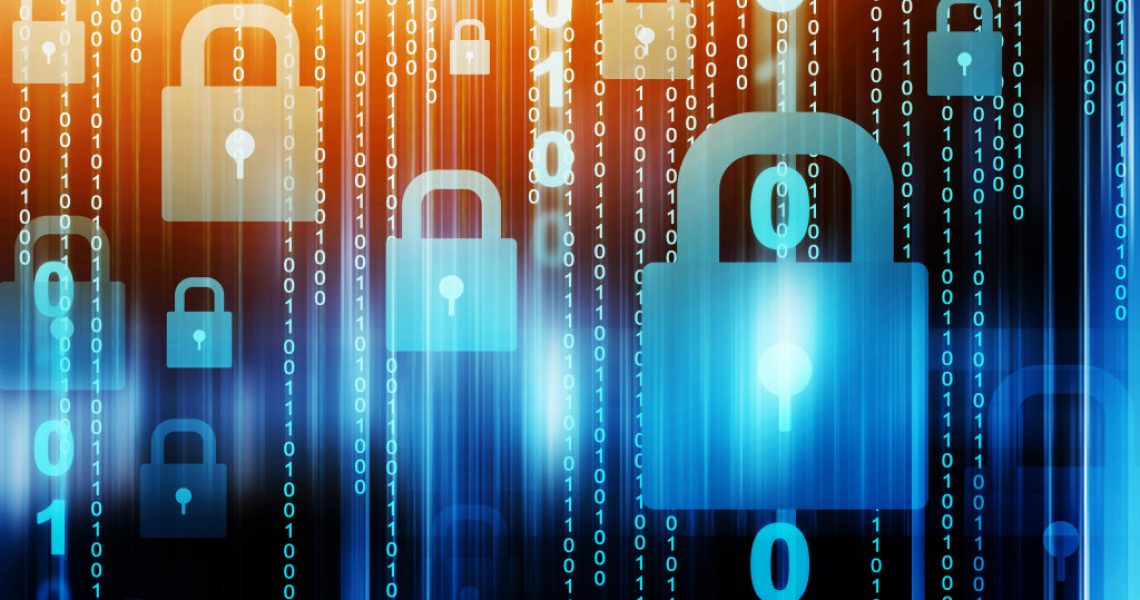• Facial recognition software can be used to identify unauthorized individuals and verify identity.
• Investigative tools such as data analytics and social media monitoring can help uncover potential fraud or misconduct.
• Real-time monitoring systems and access control systems can be used to detect suspicious activity and limit access to certain areas.
• Password management is an essential part of keeping your business safe, including strong passwords, two-factor authentication, and password management software.
Technology has come a long way in the last decade, and its capabilities to help keep your business safe and secure are continually growing. From basic security measures such as alarms and cameras to more sophisticated technologies such as facial recognition software and artificial intelligence-based systems, there are many ways to use technology to protect your business from internal and external threats. Read on to learn the best tips for utilizing technology for business safety.
1. Facial Recognition Software
Facial recognition software is one of the most advanced technologies for businesses looking to increase security. This type of software uses artificial intelligence algorithms to identify distinct facial features that can then be used to match a person’s identity with those stored in the system’s database. This type of software can help identify unauthorized individuals attempting to enter restricted areas or for verifying legitimate employees’ identities when they access secure locations or data.
Some facial recognition software also comes with additional features, such as motion detectors that can detect any suspicious activity and alert relevant personnel. By investing in one of these advanced systems, you can ensure that your business is secure at all times.

2. Investigation Tools
Investigative tools such as data analytics, process mining, and social media monitoring can be used to monitor employee behavior for suspicious activity. These tools can help identify potential fraud, harassment, and other misconduct before it spirals out of control. They can also be used to track suspicious transactions and identify potential cyber-attacks before they become a problem.
Of course, you can also hire professional private investigation services to conduct internal investigations when needed. They can help you uncover the details of any situation and provide guidance to prevent similar issues from occurring in the future. They will also have access to the latest investigative tools and techniques to ensure your business is as secure as possible.
3. Real-Time Monitoring
Real-time monitoring is another great way to stay informed about what’s happening in your business at any given time. Real-time monitoring systems use various security technologies connected to computers or other devices that allow you to monitor activities within your business 24/7. Here are some of the most common types of real-time monitoring systems:
a. CCTV (closed-circuit television)
This type of camera system captures and records video footage in real time, which can be used to monitor activities within your business. It also helps you identify potential threats before they become a problem.

b. Intrusion Detection Systems
Intrusion detection systems detect unauthorized access to your business’s computer systems and network. These systems use software and hardware sensors to detect suspicious activity on the network and alert you to potential threats.
c. Access Control Systems
Access control systems are designed to limit who can access certain areas of your business, such as restricted areas or computer systems. These systems use key cards, biometric authentication (such as fingerprint scans), and other methods to verify the identity of the person attempting to access the area.
d. Firewalls
Many businesses use firewalls to protect their networks from malicious attacks. Firewalls are computer systems designed to prevent unauthorized access to a network or system by monitoring incoming and outgoing network traffic.
4. Password Management
Password management is an essential aspect of keeping your business secure. A strong password policy should be implemented, which includes setting up unique passwords for each user and changing them regularly. You should also consider using two-factor authentication, which requires users to provide two pieces of information when logging into a system, such as a code sent to their mobile phone or additional information like a security question.
You should also use password management software to securely store passwords for each user. This software can help you generate strong passwords and manage them in an encrypted database so that they cannot be accessed by unauthorized individuals. If your business stores sensitive data, you should also consider using encryption software to protect it further.
Technology has a vital role in keeping businesses safe from potential threats—both internal and external—and by utilizing the right combination of technologies you can ensure that you have taken all necessary steps toward protecting your business against any malicious actors who may try to gain unauthorized access or cause damage in any way possible. By implementing the tips outlined above, you can take advantage of the latest technologies available and ensure that your business is as secure as possible.

